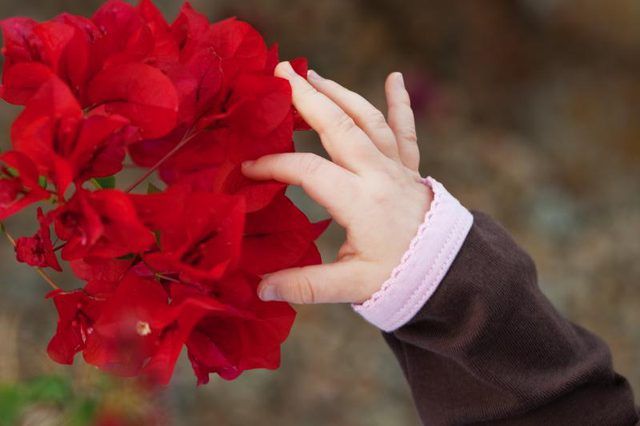Bulbs
Flower Basics
Flower Beds & Specialty Gardens
Flower Garden
Garden Furniture
Garden Gnomes
Garden Seeds
Garden Sheds
Garden Statues
Garden Tools & Supplies
Gardening Basics
Green & Organic
Groundcovers & Vines
Growing Annuals
Growing Basil
Growing Beans
Growing Berries
Growing Blueberries
Growing Cactus
Growing Corn
Growing Cotton
Growing Edibles
Growing Flowers
Growing Garlic
Growing Grapes
Growing Grass
Growing Herbs
Growing Jasmine
Growing Mint
Growing Mushrooms
Orchids
Growing Peanuts
Growing Perennials
Growing Plants
Growing Rosemary
Growing Roses
Growing Strawberries
Growing Sunflowers
Growing Thyme
Growing Tomatoes
Growing Tulips
Growing Vegetables
Herb Basics
Herb Garden
Indoor Growing
Landscaping Basics
Landscaping Patios
Landscaping Plants
Landscaping Shrubs
Landscaping Trees
Landscaping Walks & Pathways
Lawn Basics
Lawn Maintenance
Lawn Mowers
Lawn Ornaments
Lawn Planting
Lawn Tools
Outdoor Growing
Overall Landscape Planning
Pests, Weeds & Problems
Plant Basics
Rock Garden
Rose Garden
Shrubs
Soil
Specialty Gardens
Trees
Vegetable Garden
Yard Maintenance
Is Bougainvillea Toxic?
Is Bougainvillea Toxic?. Bougainvilleas (Bougainvillea spp.), or paper flowers, are not as delicate as their common name implies. They're strong, fast growers featuring bold, bright blooms and sharp thorns. They thrive in U.S. Department of Agriculture plant hardiness zones 9 through 11, where their tough but beautiful nature makes them staples of...
Bougainvilleas (Bougainvillea spp.), or paper flowers, are not as delicate as their common name implies. They're strong, fast growers featuring bold, bright blooms and sharp thorns. They thrive in U.S. Department of Agriculture plant hardiness zones 9 through 11, where their tough but beautiful nature makes them staples of both public and private gardens. Because they're used so abundantly, it's important to know that while the plant is generally safe, coming in contact with bougainvilleas can prove problematic. You can enjoy bougainvilleas without incident if you take a few precautions.

As a general rule, bougainvillea aren't toxic. While they're not considered edible, most people can handle and ingest the leaves and flowers without getting sick. But bougainvillea aren't completely harmless. The stems contain sap and thorns, which have been known to cause contact dermatitis, an itchy or uncomfortable skin rash. If you come in contact with the sap or thorns and have a reaction, taking over-the-counter antihistamines and hydrocortisone anti-itch cream for a few days is often all you need to find relief. If you can't find relief or you develop a severe rash or allergy symptoms, contact your doctor immediately. While severe allergic reactions aren't likely, they are possible.
Bougainvillea does not appear on the ASPCA's list of plants that are commonly toxic to pets. Most pets won't have a problem being around the plant -- even if they ingest a leaf or two. That said, the thorns may pose an injury risk, especially if an animal gets caught in a thick, dense patch of bougainvillea. While the thorns are most likely to just cause cuts, it's possible for the thorns to cause irritated or itchy skin as well. Treat the skin by washing it in warm, soapy water and applying a cold compress to relieve pain and itching. If the symptoms get worse or don't clear up in a few days, contact your vet to determine if further treatment is necessary.
Bougainvillea grow and spread, often creating thick plant barriers. They're often used along fences or to create natural walls and borders between spaces. Skip using them for this purpose near playgrounds, swimming pools or areas that get a lot of traffic from kids and pets. They should also be kept several feet away from doors, walking paths and small, enclosed spaces, such as heavily trafficked court yards. Trim the plant back regularly to keep it from growing into high-traffic areas. If you want to use it to add color in spaces where people may come in contact with the thorns, try using it at the top of lattices or in high-up planters and grow boxes to keep the thorns out of reach of bare arms and curious hands.
Bougainvillea grows fast and will steal water and soil nutrients from nearby plants. It can also climb and spread to a near-invasive degree if left unchecked. To protect yourself from thorns and to keep bougainvillea from starving out your other plants, make sure to trim it back as regularly as needed. While it's best to perform large trims in late spring or early winter, you can perform light maintenance trimming on bougainvilleas any time of year.